Farmers from East and West coasts learn to be proactive about mitigation efforts
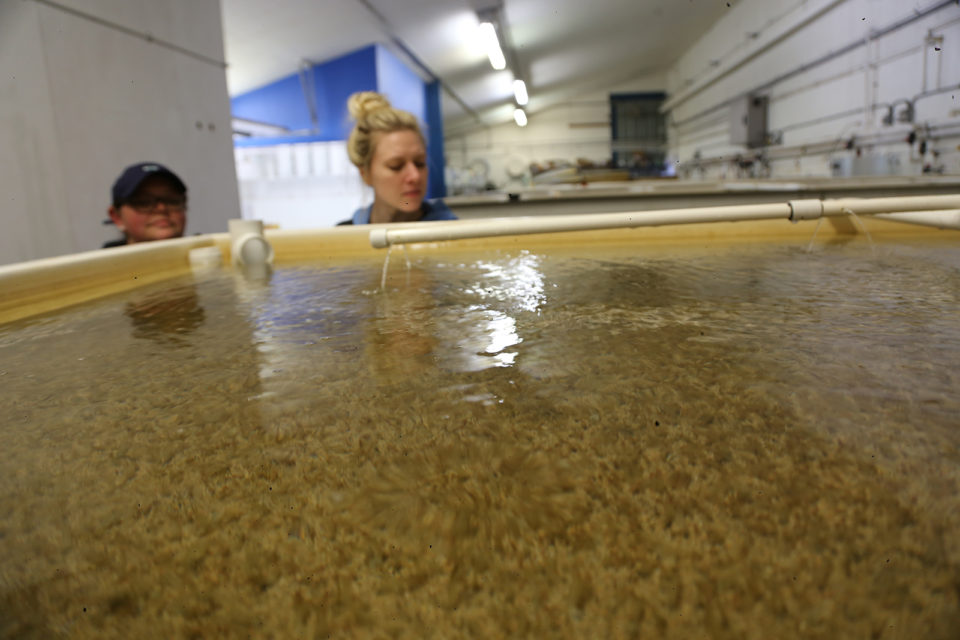
If there’s one thing Mark Wiegardt has learned during 50 years of shellfish farming, it’s that ocean water is unpredictable.
Wiegardt’s spouse, Sue Cudd, is the owner of Whiskey Creek Oyster Hatchery in Tillamook, Ore., which sells oyster eye larvae to oyster farmers up and down the West Coast of the United States. He’s relieved that daily production has returned to decent levels these days, in the region of 40 to 50 million larvae. Ten years ago, eye larvae production tanked and attrition rates soared, and since then it’s been a constant search for solutions.
“We had a heck of a time in 2007 and 2008 trying to get the larvae to survive,” Wiegardt said. “The tricky part was trying to identify the reason they were dying. We didn’t know if it was low-pH water, hypoxia or a low saturation state due to low calcium in the water.”
After a great deal of trial and error, Whiskey Creek’s hatchery manager, Alan Barton, made a correlation between larvae survival and low-pH water. Adding sodium carbonate helped raise the pH of the water, making it less acidic, and the installation of monitoring equipment in the hatchery helped staff understand when ocean-driven conditions like upwelling, which tends to drop pH, are at their worst.
It is not unusual to have seasonal production issues that leave us scratching our heads to sort out.
“The first three days after spawning are critical and it’s crucial to have good water on day one,” Wiegardt said. “Ten years ago we found that by day 10 we’d have die-out based on day-one conditions. We learned that if we could start the larvae out in better conditions, their survival rate would go way up.”
With a better understanding of the problem, production at the hatchery has improved significantly. But there’s still attrition in the three-week timeline it takes to produce oyster larvae.
“Some will inexplicably die for reasons we don’t know,” he reflected. “The water is still problematic and we never assume it can or will be better. You have to constantly watch what’s going on with your incoming water.”
The larvae are priced between $150 per million up to $250 per million, depending on the species and the risk involved in producing it. Demand is high and the price keeps inching up, Wiegardt said.
“You have to look at what it takes to produce this stuff – it’s a lot of work,” he said. “Heating water is not cheap, and you need good people to handle the water because it’s very sensitive. Right now, we can keep up with the demand for larvae but in the summer time the demand is off the charts.”
When oyster farmers like Taylor Shellfish Farms run into in oyster larvae production problems, as they did last spring, they turn to Whiskey Creek.
“It is not unusual to have seasonal production issues that leave us scratching our heads to sort out,” said Bill Dewey, Taylor’s director of public affairs. “We struggled with seed and larvae production through summer last year and we continue to do research and try to remain optimistic.”
Taylor Shellfish has a strong relationship with Whiskey Creek and Dewey said the two companies trade notes to help each other out. Ekone Oyster Company in Bay Center, Wash., has been a longtime customer of Whiskey Creek and last summer, when Taylor Shellfish acquired Ekone, they continued the larvae purchases and plan to bolster orders to provide more certainty for a broader array of seed needs in the future.
Dewey said the company is grateful to have its Kona, Hawaii, facility as an invaluable backup for seed and larvae when the Dabob Bay hatchery experiences high mortalities.
The demand for oyster larvae is high, he added, and Taylor isn’t meeting that demand for its own facilities, let alone for the oyster companies it supplies seed to on the West Coast.
“When we’re struggling, they’re struggling,” Dewey said. “Most companies recognize the challenges hatcheries have and if they’re smart they buy seed from multiple purveyors and have a number of sources.”
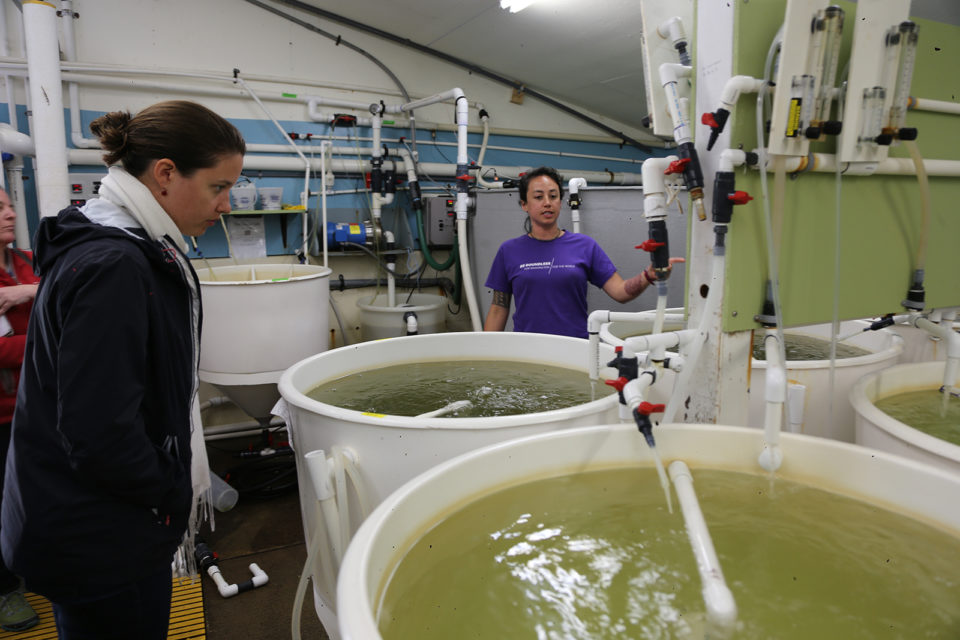
He attributes soaring demand not to the unpredictable availability of oyster larvae but to unprecedented consumer interest.
“The renaissance in oyster bars and tide-to-table food has driven market demand for specialty and single oysters on the half-shell and as a result consumer price has crept up,” he said.
Dewey said Taylor Shellfish has not been able to identify a single cause for its decline in oyster seed production.
“We don’t think it’s related to ocean acidification because with the monitoring we have, we can get the calcium carbonate levels right,” he said. “We’re speculating that there are other variables such as water temperature, nutrient availability or confounding plankton blooms such as coccolithifore, a glacial algae bloom in the Hood Canal that causes the water to turn light blue. That could be affecting seed production.”
Still, Taylor is cautiously optimistic about larvae and seed production in 2018.
“We have instituted some new practices that seem to be making a difference and we also have a good inventory of oyster seed in all our nurseries from some larvae successes we had late last summer,” Dewey said. “We don’t want to count our chickens before they hatch because we can experience mortalities over winter in our nurseries, but so far it’s looking good.”
The struggles that oyster farmers are facing are not limited to the West Coast. Meredith White, head of Research & Development at Mook Sea Farm in Maine, said oysters’ larval stage is sensitive to many different stressors, including water chemistry.
“We’re trying to get precise measures on changing water chemistry to see if it effects calcification rates,” she said. “We also want to do measurements of oyster shell thickness so we can know whether the oyster shells are becoming thinner, which would impact chefs who are shucking them.”
It makes sense to understand the impact of ocean acidification before researching potential mitigation strategies, she said. But some researchers argue it’s better to be proactive about mitigation efforts than reactive.
“It’s worth doing the exercise to find how to mitigate the effects of those anticipated problems of ocean acidification,” said Nichole Price, senior research scientist at Bigelow Laboratory for Ocean Sciences in East Boothbay, Maine.
Price’s research is focused on phytoremediation, or using photosynthesis to restore water quality.
“Excessive nitrogen and phosphorous in the ocean, from land-based inputs like fertilizer runoff and poor wastewater management can lead to harmful algal blooms, hypoxic and anoxic water,” she said. “That exacerbates ocean acidification, so you can have zones in the coastal region that are even more acidified than in the open ocean. If you’re a living, breathing shellfish, that doesn’t feel so good.”
One of her research facilities is located on a farm in Casco Bay, near Portland, Me., where Price and her team are using edible seaweed to perform photosynthesis. It’s a potential remediation strategy she believes can be both effective and revenue-generating.
“The concept is planting a tree in the sea and then eating that tree,” she said. “Seaweed farming doesn’t use a lot of natural resources, doesn’t require a lot of capital investment and the growing season is just six months, so you get a quick return on investment. It’s also a way to diversify the fisheries on our coast and open a winter growing season.”
Follow the Advocate on Twitter @GAA_Advocate
Author
-

Lauren Kramer
Lauren Kramer is a freelance journalist residing in Richmond, B.C., who has written extensively about seafood marketing for SeaFood Business magazine and SeafoodSource.com. Her work appears in a number of business and industry publications, including USA National Culinary Review and Flavor & The Menu.
Tagged With
Related Posts
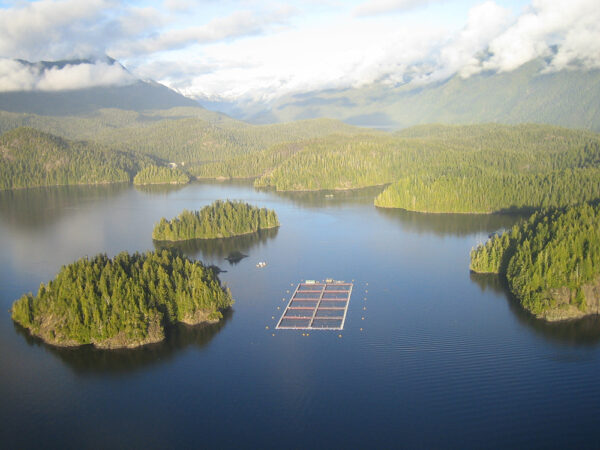
Intelligence
Canadian salmon farmers: ‘Leave us out of your shutdown’
The potential of a salmon-farming ban in Washington state is being monitored closely next door, in British Columbia, where many more salmon farms operate. But they’re not worried about a spillover effect.
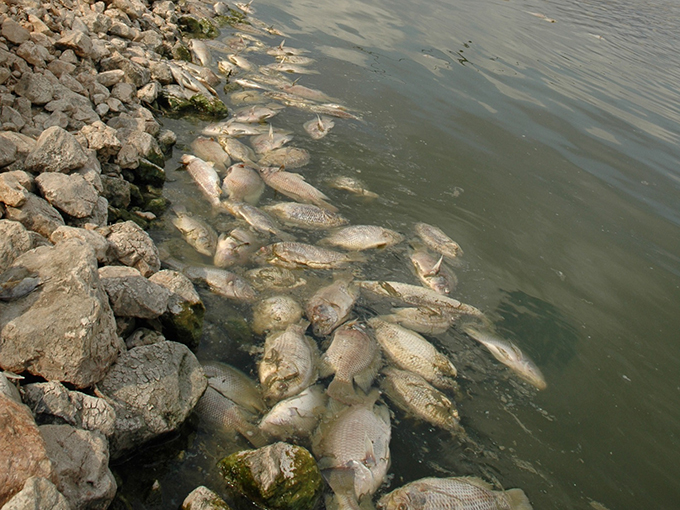
Health & Welfare
Sizing up TiLV and its potential impact on tilapia production
An international research effort has commenced to find a solution for Tilapia Lake Virus (TiLV), a contagion causing high rates of mortality in farmed and wild tilapia stocks in Israel, Colombia, Ecuador, Egypt and Thailand.
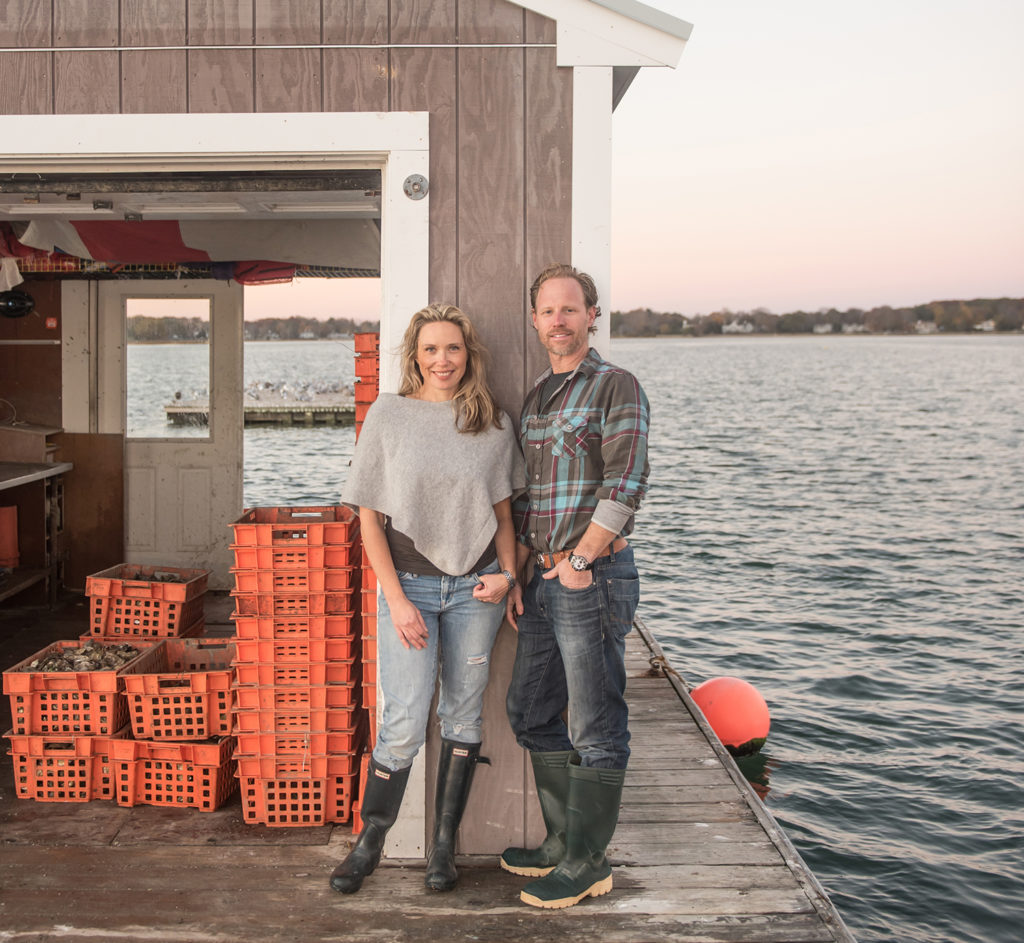
Intelligence
Buy-valves: Massachusetts farmers grow online oyster business
When Real Oyster Cult walked off with a $5,000 prize at Fish 2.0, it was solid affirmation that its online oyster commerce concept is on track for success.
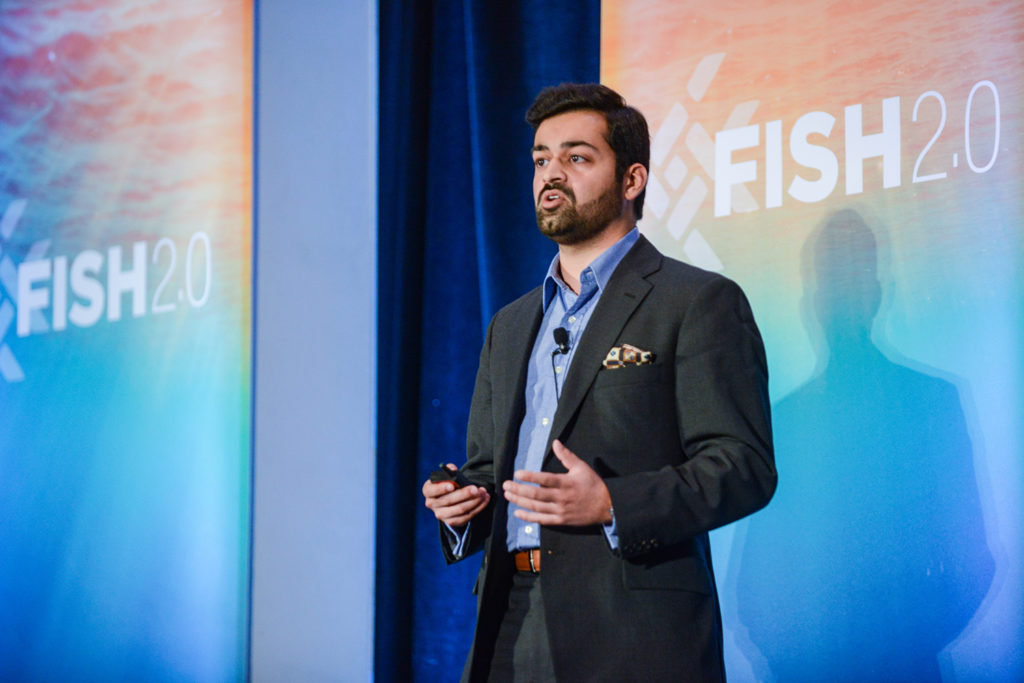
Health & Welfare
Pellet-based oral vaccine holds promise for VNN protection
An oral vaccine delivered via fish feed to defend against Viral Nervous Necrosis could be ready for market soon if everything goes according to plan for startup VakSea.

